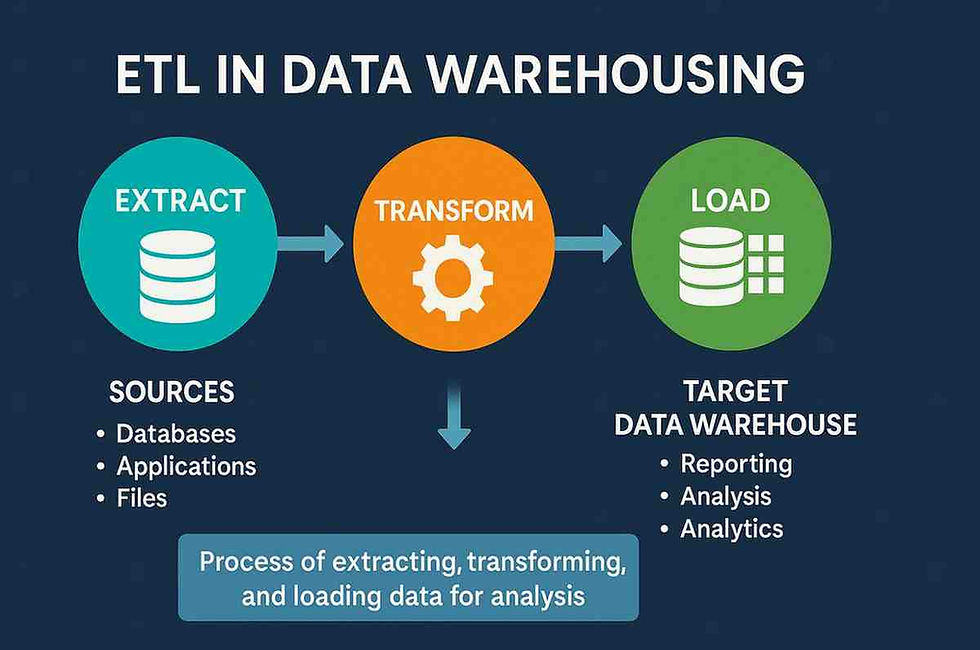The Ultimate Manual Regression Testing Checklist | QA Excellence
- Gunashree RS
- Dec 2, 2024
- 4 min read
Introduction
Maintaining software quality is paramount in today’s competitive landscape. One of the most effective ways to ensure this is through manual regression testing. This testing method evaluates whether recent code changes impact existing functionality, thus preventing software issues from spiraling out of control.
However, manual regression testing can be daunting, requiring meticulous attention to detail. That’s where a structured testing checklist comes in handy. With a proper roadmap, QA teams can navigate testing challenges more efficiently, reduce human errors, and achieve their goals.
Enter Devzery, a trailblazing technology partner that empowers enterprises to optimize QA processes through advanced testing tools. With their expertise, companies can strike the perfect balance between manual efforts and automated solutions, embracing innovation to overcome traditional challenges.
This guide delves into creating a robust manual regression testing checklist, enabling QA teams to Challenge the Status Quo and elevate their processes to new heights.

Snapshot
Understand the critical role of manual regression testing in software QA.
Gain insights into creating an efficient testing checklist.
Learn how Devzery’s tools simplify the transition to automation.
Access free downloadable templates tailored to QA needs.
The Essentials of Manual Regression Testing
What Is Manual Regression Testing?
Manual regression testing is a QA process designed to validate that new code changes or updates do not inadvertently disrupt existing functionalities. Unlike automated testing, manual testing involves a tester manually executing test cases to observe outcomes.
While automation has its merits, manual regression testing remains indispensable for scenarios requiring human intuition, exploratory testing, or UI/UX evaluations.
Manual vs. Automated Regression Testing
Manual Testing: Best for exploratory and low-frequency tests requiring a human touch.
Automated Testing: Ideal for repetitive, large-scale tests across growing codebases.
Tools like Devzery’s AI-powered regression testing solutions bridge these approaches, providing scalable alternatives for hybrid QA needs.
Why Use a Manual Regression Testing Checklist?
Creating a structured manual regression testing checklist offers several benefits:
Comprehensive Coverage: Ensure all critical areas are tested, reducing overlooked bugs.
Error Reduction: Minimize human mistakes by following predefined steps.
Efficiency Gains: Save time with systematic workflows while focusing on critical functionalities.
Creating a Manual Regression Testing Checklist
Pre-Testing Phase: Preparation Steps
A successful regression testing process starts with thorough preparation. Follow these steps:
Analyze Code Changes: Identify the modules or features impacted by the recent updates.
Define Relevant Test Cases: Pinpoint existing test cases that correspond to these changes.
Set Up Test Environments: Ensure proper system configurations, test data, and user permissions are in place.
Communicate with Teams: Coordinate with developers and stakeholders to understand requirements and testing priorities.
Proper preparation ensures testing begins on the right foot, setting the stage for effective execution.
Core Testing Phase: Step-by-Step Checklist
This phase involves executing the actual tests. Use this structured checklist:
Prioritize Test Cases:
Focus on areas most impacted by the updates.
Test critical workflows and high-risk modules first.
Execute Systematically:
Follow predefined test cases to avoid missing steps.
Document outcomes meticulously.
Log Bugs Effectively:
Provide detailed descriptions and steps to reproduce issues.
Use bug-tracking tools for better traceability.
Monitor Regression Scope:
Test cases will be updated regularly as the application evolves.
Customizable Templates
Download our Manual Regression Testing Checklist Template for a tailored QA process that aligns with your unique workflows.
Post-Testing Phase: Review and Iterate
After executing tests, it’s time to analyze and refine the process:
Review Results:
Evaluate testing outcomes and identify missed scenarios.
Categorize bugs by severity and frequency.
Retrospectives:
Conduct team meetings to assess what went well and areas of improvement.
Explore Automation Opportunities:
Map manual tasks that could benefit from automation.
Leverage tools like Devzery’s codeless testing solutions for routine testing.
Enhancing Manual Testing with Advanced Automation
Challenges in Manual Regression Testing
While effective, manual testing has its limitations:
Time-Consuming: Manually executing test cases takes significant time and resources.
Error-Prone: The risk of overlooking critical issues increases with complex systems.
Scalability Issues: Large and frequently updated codebases make manual efforts challenging to sustain.
Bridging the Gap: Manual Testing Meets AI Automation
Combining manual efforts with automation transforms the QA landscape:
Devzery’s Tools:
Empower QA teams with codeless automation.
Offer seamless integration with CI/CD workflows for continuous testing.
Case Studies:
Mid-sized enterprises in the USA saw a 40% reduction in testing time using hybrid methods.
Indian startups accelerated their go-to-market timelines with AI-driven solutions.
Devzery helps QA teams transition smoothly, ensuring both manual and automated processes complement each other effectively.
Downloadable Resources for QA Teams
Free Templates for Regression Testing
Simplify your QA efforts with downloadable, customizable manual regression testing checklists.
These templates:
Cover essential pre-testing, core testing, and post-testing phases.
Align seamlessly with automated solutions for a hybrid approach.
Download your free checklist template today to enhance your QA efficiency.
FAQs
What is the difference between regression and retesting?
Regression Testing: Ensures that new changes don’t disrupt existing functionalities.
Retesting: Focuses on verifying previously failed cases after bug fixes.
How can manual regression testing be made more efficient?
Use structured checklists to avoid errors.
Prioritize critical workflows.
Incorporate automation for repetitive tasks.
When should you automate regression testing?
Automate when the test scope becomes extensive or when frequent testing cycles are required.
What’s the ideal frequency for regression testing?
Test after every significant update, especially in agile environments.
Can manual testing work alongside automation?
Yes, combining both methods enhances test coverage and efficiency.
Conclusion
A manual regression testing checklist is a cornerstone of robust software QA. By following a structured approach, teams can ensure efficiency, minimize errors, and maintain high software quality.
With tools like Devzery’s AI-powered solutions, the transition to a hybrid testing approach becomes seamless, ensuring enterprises remain competitive in the fast-paced digital world. Embrace innovation, download your resources, and explore Devzery to optimize your QA processes today.
Key Takeaways
Structured checklists improve manual regression testing efficiency.
Devzery offers tools to bridge manual testing and automation.
Downloadable resources simplify QA workflows for teams.




Comments